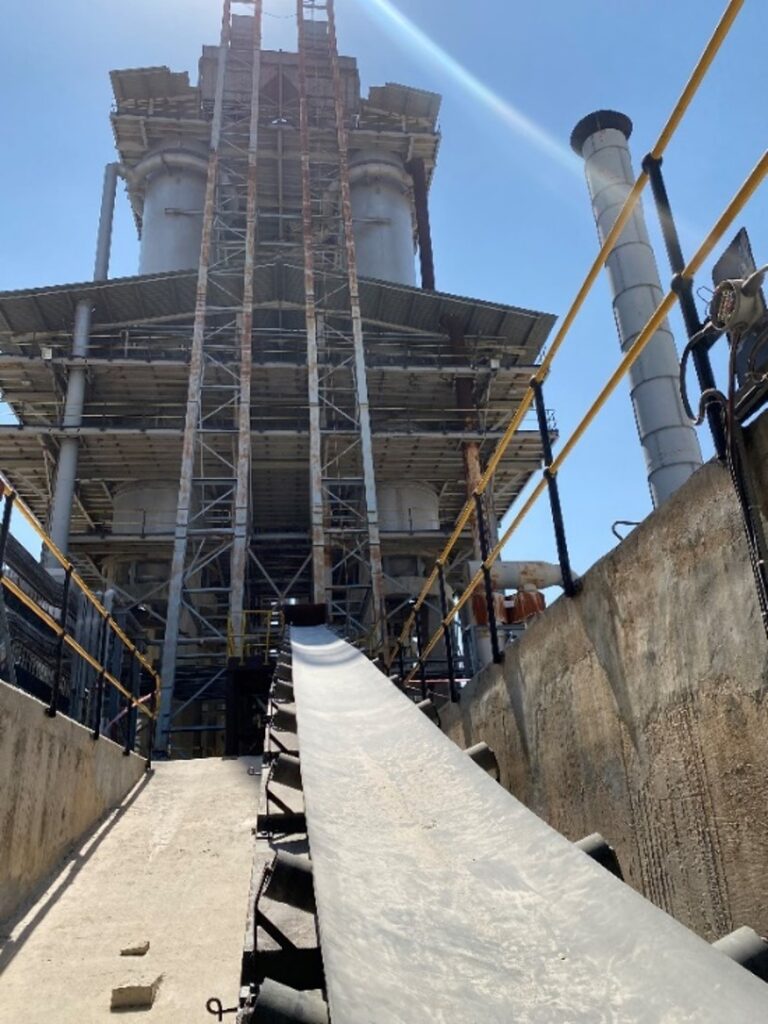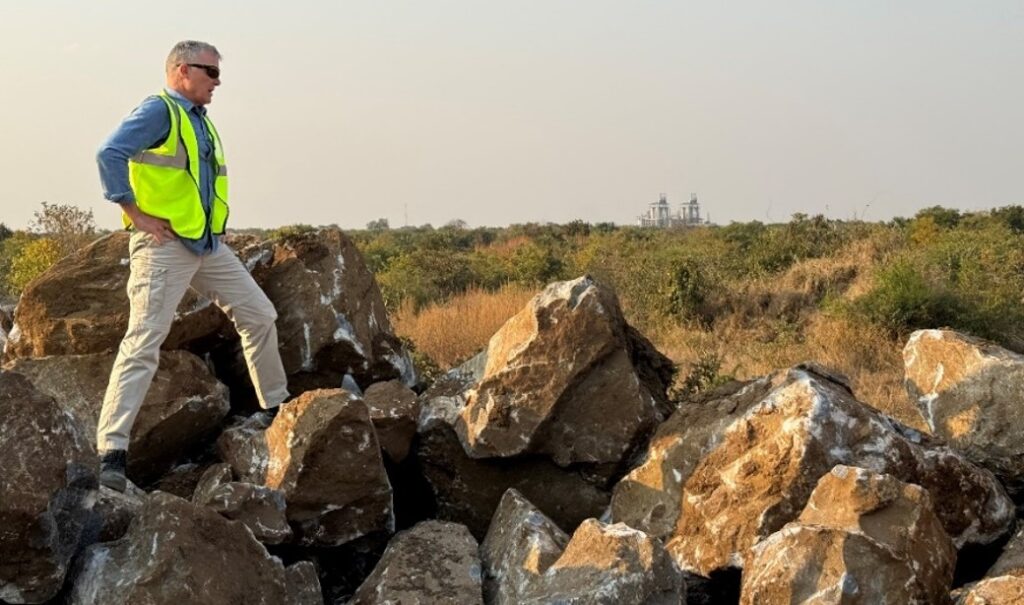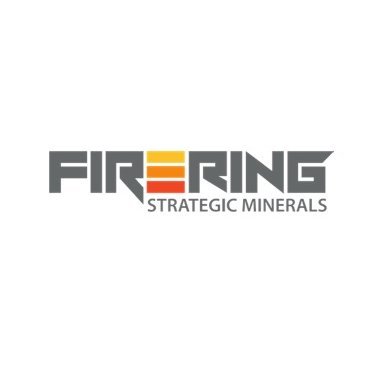Firering Strategic Minerals plc (LON:FRG) Chief Executive Officer Yuval Cohen and Independent Non-Executive Director Vassilios Carellas caught up with DirectorsTalk for an exclusive interview to discuss the quicklime plant modifications, the importance of the coal gasification unit, existing stockpiles and laboratory, and what investors can expect in relation to first quicklime production.
Q1: First off, sounds like you’ve made significant progress with the quicklime plant modifications. Vassilios, can you just briefly summarise what modifications you’ve actually made to the plant?
A1: As per this morning’s announcement, you can see there’s been a significant amount of work that has been going on, on the ground and Yuval and his team have executed this expertly and have done an amazing job to date.
We’ve replaced the existing crusher that was there with one that is more appropriate. We’ve started crushing and we’ve started building up a stockpile in preparation for first quicklime production later on this year. We’ve done all the various bits and pieces, modifications to conveyor belts and new brakes on motors and going into the kilns and repairing the bridges and bricks, all for getting ready for first production. We’re also dry running all the bits and pieces of equipment that will make sure that it all links up and all runs properly.
So, it’s all full steam ahead and getting ready for the arrival of the first gasifier and initial production.

Q2: You have the coal gasification unit on its way to site. Yuval, could you explain the use and the importance of this?
A2: The coal gasifier basically is a unit that came to replace the heavy fuel oil as the source of energy for the heat of the kilns. The coal gasifier is basically burning the coal inside the unit and streaming the gas into the kilns.
The advantage of the system is that first of all, the coal is coming from Zambia, so it makes it much cheaper and economical for us to use it. It’s also more environmental friendly and it allows us to improve the quality of our products.
So, it’s a big improvement for the plant and for the production.
Q3: Now, you’re also doing a lot of work on the existing stockpiles and you have the laboratory up and running now. What are you seeing in terms of product quality and why is it important for the offtake discussions?
A3: About the stockpiles, we had a good surprise because we reported about 150,000 tonnes of material that is ready next to the crushing ramp and we started to prepare what has been called the waste dump. We found out that the waste is categorised by the size, not by the quality.
This means for us that we have much more available high quality material for the kilns, that we just need to have a small treatment of vacuuming it and we do not need to mine.
As for the lab, the lab equipment allows us to have the necessary tests and allow us to create samples that will be representative and can be used for our discussion with the offtake agreements as the product samples.

Q4: Vassilios, Firering Strategic Minerals are tracking for first quicklime production by the end of Q4 this year. What other updates can investors expect?
A4: As things stand today, with the rentals and the aggregate sales, with cash flow positive, obviously, with the first kiln becoming operational, that brings another revenue stream. Then, sequentially each and every kiln becoming operational through to the second half of 2025, having all eight kilns operational, that obviously generates a significant amount of revenue and really turns this operation around.
It looks like we’ll be able to also more than double the current resource base. Currently, we’ve got 30-odd years production with the eight kilns, the resource that’s there, it looks like we’ll be able to double that from the current 74 million tonne.
So that potentially gives us the opportunity to look at adding further kilns to increase quicklime production. Let’s not forget, we also have the cement plant that’s sitting in containers on site at the moment, where the foundations have already been laid. Again, there at the moment, instead of selling aggregate at the gate for $5 a tonne, potentially one could look at putting that aggregate through the cement plant and that there could add another sort of $20 million to the bottom line.
So, still quite a lot of work ahead of us to get to get all that going. There’s obviously significant upside in terms of generating additional revenue from this operation.


